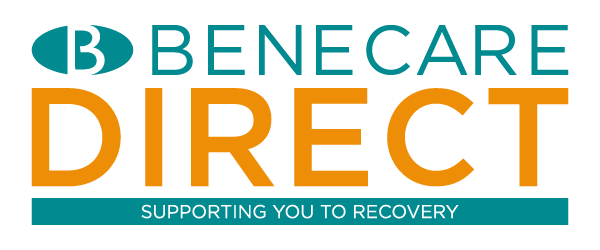7 Tips for Parents with Children Who Have Cerebral Palsy
Cerebral palsy (CP) is a group of movement disorders that are commonly caused by a non-progressive brain injury or brain malformation that occurs whilst the child’s brain is still developing.
Children who are affected by CP and their families need special support. Although healthcare professionals like your child’s doctors and therapists will take care of much of their treatment, there are many ways you can lend a helping hand. Read on to learn more about how you can make your child’s life easier.
- Stay on Top of Your Child’s Care
Your child may see a number of healthcare providers – from pediatricians to specialists, to therapists and more – so it’s wise for you as a parent to keep tabs on the care that your child receives from these various places. Healthcare professionals often advise parents to take an active role in the care programmes of their children. You can help your own peace of mind and your child’s comfort by being involved in making health decisions, learning about treatments and therapies (and whether they work for your child), and helping your child practice speech as well as range of motion exercises.
- Be Your Child’s at-Home Therapist
With guidance from healthcare professionals, therapy times doesn’t have to end when a session is over. Learn the proper ways to help your child exercise at home, so you can help them stretch their muscles, build balance, and reduce pain between sessions.
- Improve Your Child’s Diet
You are what you eat: so it’s important your child maintains a diet that provides necessary nutrients for strong bones and muscles.
Some children with CP have weak bones, and are thus unable to walk – whilst your child’s doctor may prescribe medicine, you should try to include calcium-rich foods in their diet to help promote bone strength. Preparing some recipes yourself and planning meals in advance can give you more quality time with your child – which brings us to the next point...
- Encourage Participation in Family Activities
It’s not easy to care for a child with CP on your own. Make a list of daily tasks other family members, friends, or people in your support network can do to help keep you and your child active – for instance, an older sibling can help with playtime activities while you do household chores or take some time to yourself.
- Cultivate Your Child’s Interests
Staying at home and only taking part in solitary pursuits can be restrictive. Hobbies provide great opportunities for children to be social. Help your child broaden their horizons by…
- Taking them to a museum
- Working on a creative project
- Listening to a variety of music genres
- Taking them to inclusive play sessions or group activities
You should strive to give your children the opportunities to take on an active role in trying new things. Experimenting is not only fun, but will also help your child develop new skills, think about problems differently, and build their self-esteem.
- Seek Additional Resources
You don’t have to care for your child all on your own, there are resources available to those who need a helping hand – or even someone who will listen to your daily dilemmas.
Parents of children with CP can benefit from individual counselling or therapy to help them cope with the stress that comes with taking care of a vulnerable young person. When parents work together with doctors and caregivers, they’re better prepared to support a child with CP. So if you feel overwhelmed, consider reaching out for support.
- Stay Active
Whilst your child may not be able to compete with their peers in a football match, it’s important that they’re encouraged to move to the best of their ability – after all it’s not about winning! Help them walk (if they’re able to), and generally play and move as much as possible. Being active can help build muscle strength, therefore decreasing the chances of muscle spasms. It can also potentially reduce other health problems, so take time to teach them new ways of using their muscles.
Look for local groups and communities that offer inclusive activities for children of all abilities. Socialising and group playtime is great for yours and your child’s mental and physical wellbeing, so seek out other people who are in the same boat, to share experiences and support.
A child with CP might not be able to do all the things that other children their age can do, but that doesn’t mean they have to live a less fulfilling or active life. We have a range of products that can assist people who lack muscle control due to Cerebral Palsy – speak to one of our experts today to find out what devices are the best for you and your child, or view our BeneKidz range for products that are specially designed for little limbs.
